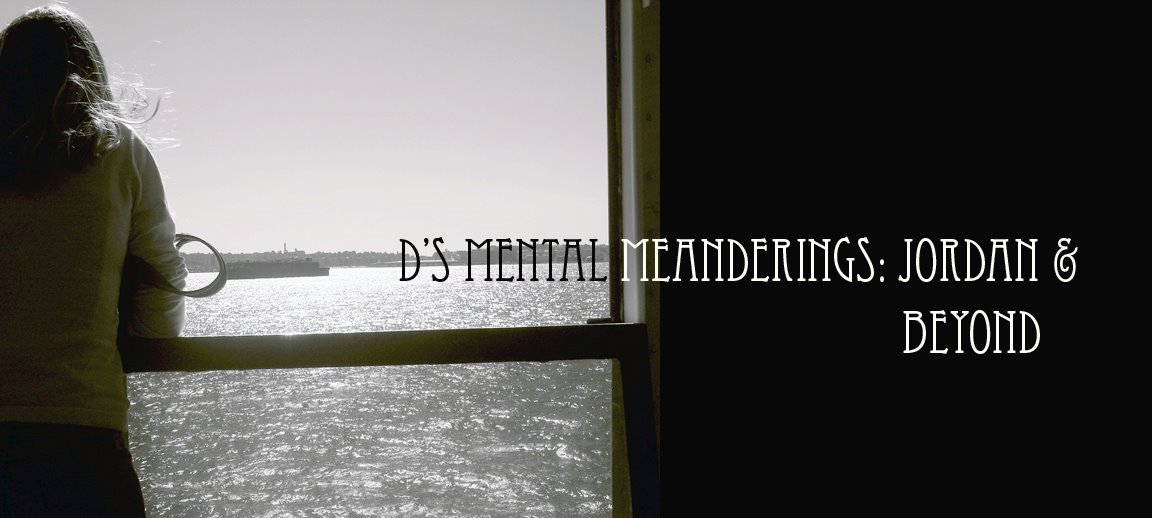
Non-Western artists have made quite a breakthrough in recent history, as far as becoming a part of the mainstream art world. Five years in the making, the Museum of Modern Art's exibition proves that the canvas has definitively become even more culturally diversified. The following is MoMA's description of their current exhibit from their website. A photo slide show essay follows from Slate magazine, offering some insightful criticism of this complex and intriguing exhibition.
Without Boundary: Seventeen Ways of Looking
February 26–May 22, 2006
Art on left by: Shirin Neshat (b. 1957 in Qazvin, Iran, lives and works in New York)
Untitled
1996
RC print and ink, 67 x 48" (170.2 x 121.9 cm). Courtesy the artist and Gladstone Gallery, New York. © Shirin Neshat. Photograph: Larry Barns. Courtesy Gladstone Gallery, New York
The Museum of Modern Art's (MoMA-NYC) has a write up on the Exhibit which appears below:
An ever-increasing number of artists, such as Mona Hatoum, Shirin Neshat, and Shahzia Sikander, have come from the Islamic world to live in Europe and the United States. Without Boundary brings together some of these major contemporary voices. The exhibition features the work of artists of diverse backgrounds—Algerian, Egyptian, Indian, Iranian, Iraqi, Lebanese, Pakistani, Palestinian, and Turkish—across a variety of mediums, including painting, sculpture, video, animation, photography, carpet and textile, and comic strips.
The exhibition seeks to emphasize diversity by questioning the use of artists’ origins as the sole determining factor in the consideration of their art. To examine the various ways in which these artists’ works diverge from popular expectations, the exhibition and the accompanying catalogue examine the visual treatment of texts and miniature painting on one hand, and issues of identity and faith or spirituality on the other. The intention is not to imply uniformity based on a collective identity but rather to highlight complex, idiosyncratic approaches. Works by Mike Kelley and Bill Viola, two American artists, are included to prevent simplistic conclusions based purely on origin. Other artists featured include Jananne Al-Ani, Ghada Amer, Kutlug Ataman, the Atlas Group/Walid Raad, Shirazeh Houshiary and Pip Horne, Emily Jacir, Y.Z. Kami, Rachid Koraïchi, Marjane Satrapi, Shirana Shahbazi, and Raqib Shaw.
The exhibition is accompanied by a catalogue with essays by Fereshteh Daftari and Homi Bhabha (Harvard), with a prose piece by novelist Orhan Pamuk.
Here is an excerpt from Slate Magazine:
The conception underlying the show is confused and self-contradictory. Yet most of the art itself—including [this image] (shown above) by photographer Shirin Neshat—is powerful, original, stunning. It might seem captious to criticize a curatorial framework that brings mind-opening work to a wider public. But unfortunately, the show's context will shape perceptions of the art within it. The show's curator, Fereshteh Daftari, describes the exhibition's premises like this: "We often think of artists in terms of their origins. … This is problematic with artists from the Islamic world, particularly in light of the intense attention currently devoted to Islam from the West." Daftari points out that the Islamic world in fact "stretches from Indonesia to the Atlantic coast of Africa," adding that "Without Boundary sets out to look at the work of a number of artists who come from the Islamic world but do not live there. Only active consideration of this kind will slow down the race toward simplistic conclusions and binary thinking." Let me try to explain why, for all the curator's doubtlessly good intentions, the show's muddled premise does a disservice to its art. No doubt, as Daftari writes, there has never been a better time to use an art exhibition to prove the diversity of Islamic culture. The dichotomy of a "clash of civilizations" that shapes American foreign policy is inaccurate and crude. The hope would be that such a show might reveal the delicate spirituality of Islamic art and that this disclosure might soften the impression of militancy and fanaticism as the sole qualities of the Muslim world. Alas, "Without Boundary" lacks the thoughtful complexity that would illuminate such tangled issues.
The complete slide-show essay compiled by Slate on this Exhibition can be viewed in its entirety here: East Meets West: Why MoMA's new show doesn't help us understand Islam. (by Lee Siegel).
http://boundlessmeanderings.wordpress.com/2006/03/22/new-art-exhibition-at-moma-islamic-or-not/



No comments:
Post a Comment